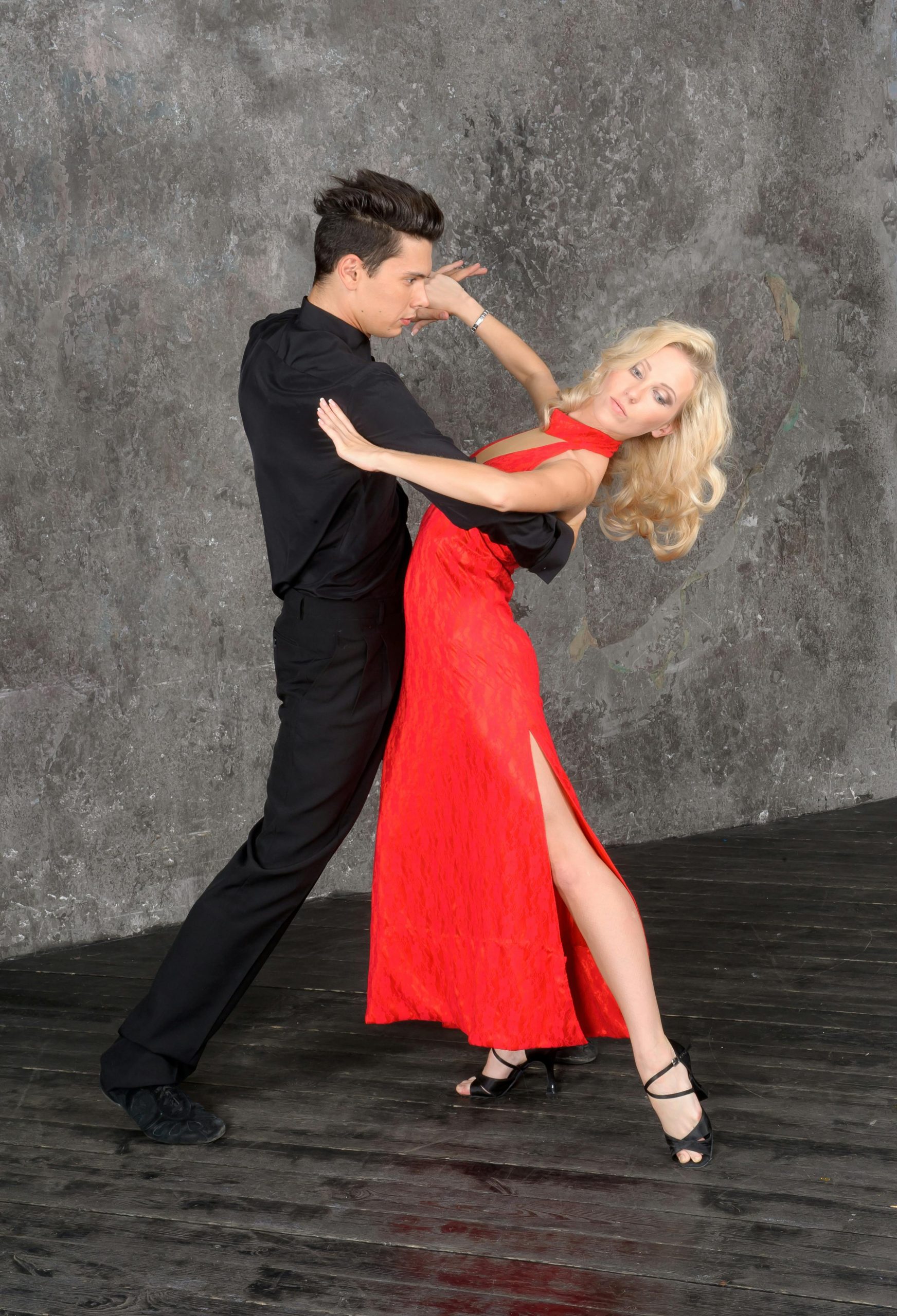Introduction

Fashion’s allure often comes at a high cost to wildlife, particularly through the use of exotic skins and fur. These practices not only threaten various animal species but also challenge ethical standards within the industry. This article explores how the fashion industry impacts wildlife conservation and outlines proactive steps toward more humane and sustainable practices.
The Cost of Luxury
Initially, luxury fashion brands prized materials like crocodile skin, leopard fur, and other exotic hides for their rarity and opulence. However, the extraction of these materials often leads to severe consequences for wildlife populations, including endangering species and disrupting ecosystems. The demand for such materials leads to overhunting, and loss of habitat, and threatens biodiversity. This not only impacts the animals but also the balance of entire ecosystems.
Ethical Alternatives Gain Ground
Fortunately, the fashion industry is gradually embracing alternatives. Synthetic leathers, faux furs, and other cruelty-free materials are not only ethical but also increasingly fashionable. They offer the same texture and warmth as real fur or skin, without the environmental toll. Advances in technology have led to high-quality alternatives that can hardly be differentiated from the real thing, providing fashion lovers with luxurious choices that do not harm.
Promoting Sustainable Practices
Moreover, many brands now promote sustainability as a core aspect of their identity. They invest in innovative materials like mushroom leather or recycled plastics, which significantly reduce the fashion footprint. These initiatives not only help in conserving wildlife but also appeal to the eco-conscious consumer. Sustainable practices are becoming a hallmark of modern, forward-thinking fashion brands.
The Role of Consumer Awareness
Additionally, consumer demand drives change. As shoppers become more environmentally conscious, they’re turning away from products that harm wildlife. Their preferences encourage brands to adopt practices that prioritize conservation. This shift is supported by increasing transparency in the industry, allowing consumers to make informed choices about where and how their clothes are made.
Celebrity Influence
Influencers and celebrities also have a powerful voice in this shift. When public figures choose and advocate for ethical fashion, they inspire their audiences to make similar choices, amplifying the impact on the industry. Celebrities wearing faux fur on the red carpet or endorsing cruelty-free brands can significantly sway public opinion and consumer behavior toward conservation-friendly fashion.
Conclusion
Fashion’s impact on wildlife conservation is profound, but positive changes are on the horizon. By choosing ethical alternatives and supporting sustainable practices, both consumers and brands can protect biodiversity and promote a healthier planet. The movement toward ethical fashion is gaining momentum, reshaping industry standards and consumer habits for the better.
Embrace fashion choices that respect our wildlife, and join the movement toward a more ethical and sustainable fashion industry. Each choice can make a difference in preserving the beauty and diversity of our natural world.

